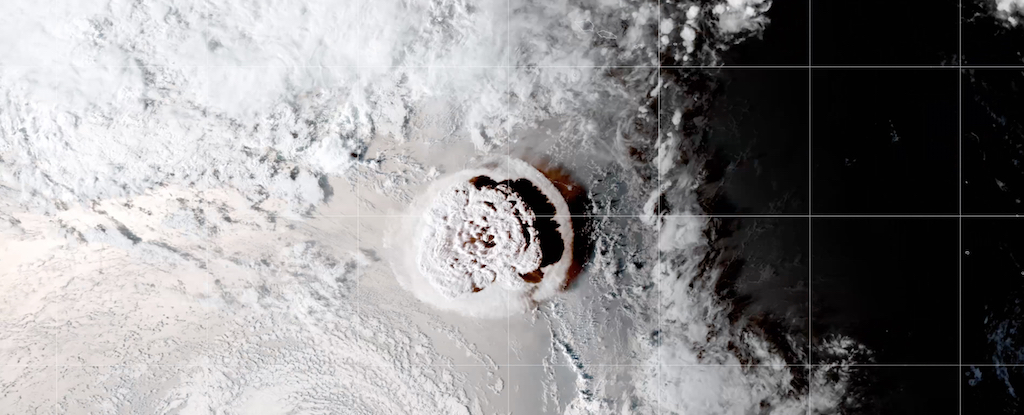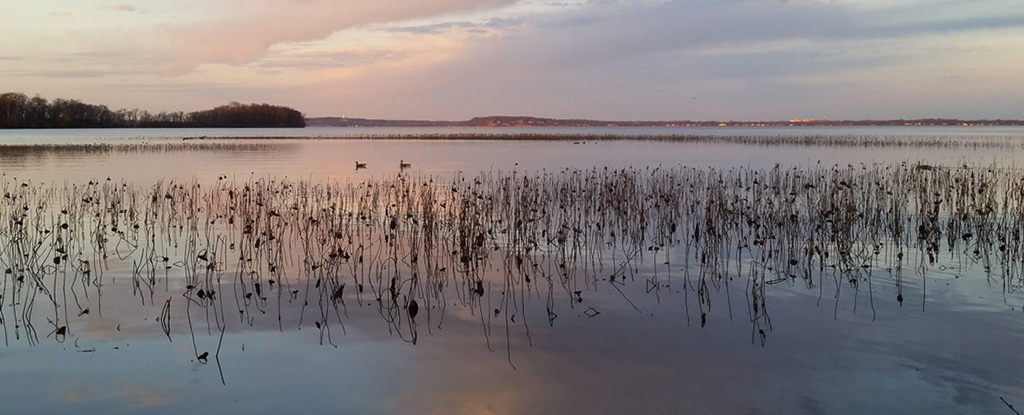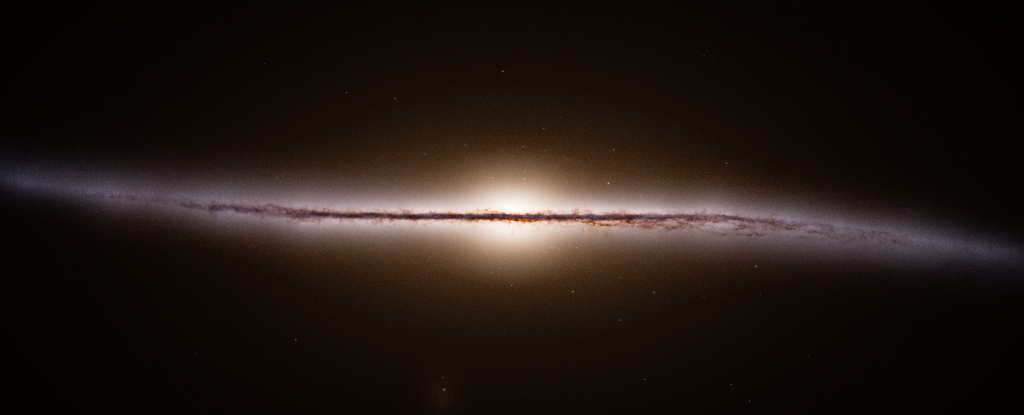In January 2022, the most powerful explosion ever recorded with modern instruments rocked the South Pacific. Now, scientists have identified a mysterious signal that preceded the thunderous event.
Hunga Tonga-Hunga Ha’apai, an underwater volcano in the Tongan archipelago, erupted violently on January 15, 2022. According to a new study though, two faraway monitoring stations recorded a seismic wave some 15 minutes earlier.
The authors of the study describe the wave as a “seismic precursor” for the subsequent eruption, both of which were triggered by a collapse in a weak section of oceanic crust below the volcano’s caldera wall.
This fracture let both seawater and magma gush into the zone between the seafloor and the volcano’s underground magma chamber, the study’s authors explain, sparking an explosive eruption.
The fracture also caused a Rayleigh wave, a type of acoustic wave that moves along a solid surface – in this case, Earth’s surface. The wave was detected 15 minutes before the main volcanic eruption on January 15, 2022, from about 750 kilometers (466 miles) away.
“Early warnings are very important for disaster mitigation,” says co-author Mie Ichihara, a volcanologist at the University of Tokyo. “Island volcanoes can generate tsunamis, which are a significant hazard.”
The volcano rumbled to life with more modest convulsions in December 2021 and early January 2022, followed by a bigger eruption on January 14 – and then a record-shattering outburst the next day.
The January 15 eruption had a Volcanic Explosivity Index (VEI) rating of at least VEI-5, roughly on par with historic eruptions like Mount Vesuvius in 79 CE and Mount St. Helens in 1980.
It released 10 cubic kilometers (2.4 cubic miles) of volcanic material and sent 146 million metric tons of water vapor into the stratosphere – enough to fill 58,000 Olympic swimming pools.
The explosion, equivalent to hundreds of atomic bombs, also caused the fastest underwater currents known to science.
While Hunga Tonga-Hunga Ha’apai is far from population centers, the eruption sent out large tsunamis that killed at least four people in Tonga, as well as two in Peru some 10,000 km (6,200 miles) away.
The eruption had potential for far more death and destruction, however, and the next outburst from this or a similar volcano could turn out much worse.
In hopes of learning more from this event before that happens, the study’s authors analyzed seismic data from the Rayleigh wave on January 15, 2022, which was recorded by instruments in Fiji and Futuna.
Rayleigh waves are often triggered by volcanic eruptions and earthquakes, but this one stood out, the researchers say. Their study suggests it was a precursor and possible sign of a trigger for the eruption that occurred 15 minutes later.
“Many eruptions are preceded by seismic activity,” says lead author Takuro Horiuchi, a volcanology graduate student at the University of Tokyo. “However, such seismic signals are subtle and only detected within several kilometers of the volcano.”
This Rayleigh wave quickly reached instruments on islands hundreds of kilometers away, suggesting an especially monstrous seismic event.
“We believe unusually large movements started at the time of the precursor,” Horiuchi says.
The underground catalysts of volcanic eruptions have long been hidden from humans, but research like this provides insight that could end up saving lives, the researchers note.
Every minute counts for issuing emergency alerts, and while this preceding Rayleigh wave couldn’t be felt by humans on the ground, its detection by distant instruments bodes well for future forecasting, the authors say.
“At the time of the eruption, we didn’t think of using this kind of analysis in real-time,” Ichihara says. “But maybe the next time that there is a significant eruption underwater, local observatories can recognize it from their data.”
The study was published in Geophysical Research Letters.





